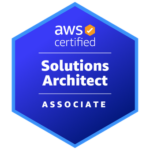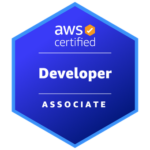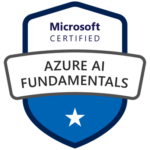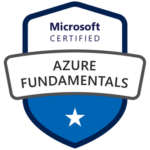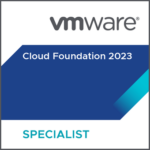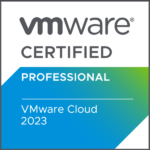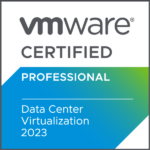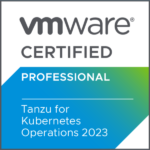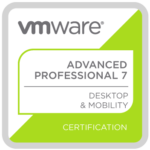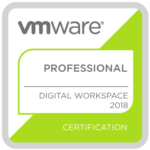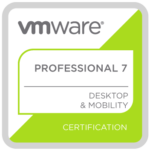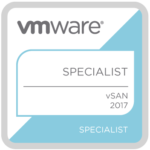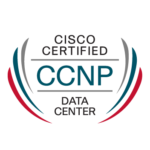Introduced by Oracle in 2018, the Autonomous Database (ADB) was developed to address persistent challenges faced by database administrators. Traditionally, managing databases has required extensive manual intervention, with tasks such as patching, tuning, backups, and scaling demand specialized expertise and considerable time investment. These manual processes not only increase operational costs but also expose organizations to risks such as human error and unplanned downtime
Oracle’s Autonomous Database leverages advanced machine learning and automation technologies to eliminate many of these challenges. It offers a cloud-native, self-driving database environment capable of automatically tuning itself, applying security patches without downtime, performing backups, and dynamically scaling resources to meet changing workloads. This approach significantly improves operational efficiency and reliability while reducing costs and security vulnerabilities.
For enterprises, the Autonomous Database delivers clear business value by lowering administrative burdens and enabling faster innovation cycles. Developers and data scientists benefit from a managed environment that allows them to focus on application development and data analytics rather than infrastructure management.
Key Advantages and Capabilities
The Autonomous Database’s core strengths lie in its self-driving, self-securing, and self-repairing capabilities. It automates complex and time-consuming database management activities, from query optimization and indexing to patching and recovery. This automation not only reduces the risk of human error but also ensures consistent high performance and availability.
Elastic scaling is another fundamental advantage, allowing compute and storage resources to adjust independently and automatically in response to workload demands without disrupting service. Additionally, the Autonomous Database supports diverse workloads, including online transaction processing (OLTP), data warehousing, mixed workloads, JSON document storage, spatial, and graph data. This versatility enables organizations to run multiple data types and applications on a single platform, simplifying their IT landscape.
Autonomous Database also includes the following:
- Oracle APEX is a low-code development platform that enables you to build scalable, secure enterprise apps with world-class features.
- Oracle REST Data Services (ORDS) is a Java Enterprise Edition based data service that makes it easy to develop modern REST interfaces for relational data and JSON Document Store.
- Database Actions is a web-based interface that uses Oracle REST Data Services to provide development, data tools, administration, and monitoring features for Autonomous Database.
- Oracle Machine Learning is a set of components supporting data scientists, ML engineers, and data analysts, as well as SQL, R, and Python users. Components include SQL, R, and Python APIs, a built-in notebook interface, and no-code interfaces for AutoML, data and model monitoring, and model deployment, along with model management, deployment, and monitoring via REST endpoints.
Oracle’s vision for the ADB extends beyond automation. The company aims to embed deeper artificial intelligence and machine learning capabilities to further enhance anomaly detection, predictive maintenance, and workload optimization. Expanding support for multi-cloud and hybrid environments is another priority, enabling enterprises to manage increasingly distributed data infrastructures seamlessly.

The Converged Database Concept
A key innovation of OCI Autonomous Database is its embodiment of the converged database concept. Unlike traditional database environments, where different data types and workloads require multiple specialized platforms, a converged database supports relational, JSON, spatial, graph, and analytical data within a single system. This unified approach reduces data silos, minimizes complexity, and streamlines management.
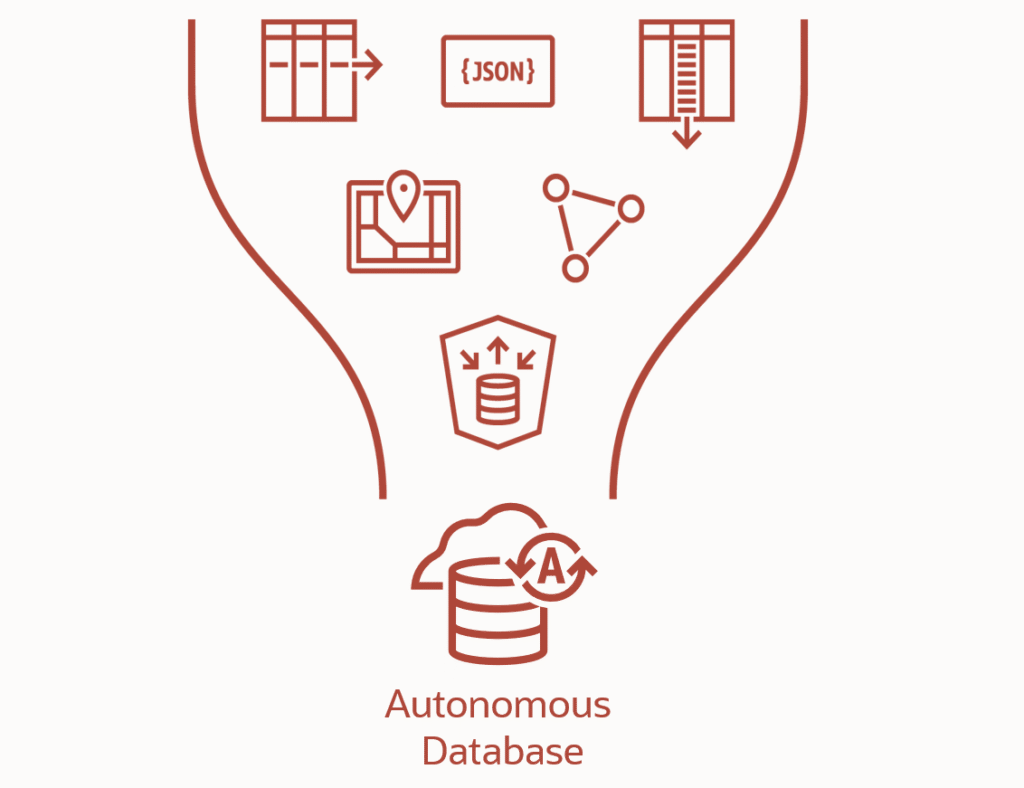
By moving to a converged, autonomous platform, businesses can achieve lower infrastructure and licensing costs, simplified architectures, improved data governance, and accelerated application development.
Shared and Dedicated Infrastructure Options
OCI Autonomous Database offers flexible deployment options to meet different organizational needs. It can be provisioned on shared infrastructure, where multiple tenants use the same underlying hardware securely isolated by Oracle’s multi-tenant architecture. This option provides cost efficiency and rapid scalability, making it ideal for many cloud-native applications and businesses seeking agility and lower upfront costs.
Alternatively, Autonomous Database can also be deployed on dedicated infrastructure, offering physically isolated hardware exclusively for a single customer.
Whether on shared or dedicated infrastructure, OCI Autonomous Database maintains its self-driving, self-securing, and self-repairing capabilities, providing consistent operational capabilities tailored to the organization’s demands.
Always Free Tier
Oracle offers an Always Free tier, allowing users to explore ADB without incurring costs. This tier includes:
-
Two Autonomous Databases: Each with up to 20 GB of storage.
-
Access to Tools: Including Oracle APEX, SQL Developer, and REST Data Services.
-
Resource Limits: Up to 30 simultaneous sessions and limited HTTP connections.
Note: The Always Free tier is ideal for development, testing, and learning purposes.
Billing Overview
ADB billing is based on two primary resources: compute and storage.
Compute Billing
-
ECPU Model: This is the recommended billing model. Charges are based on the number of ECPUs (Elastic CPUs) allocated, with auto-scaling capabilities allowing for up to three times the base CPU allocation during peak demand. An ECPU is an abstracted measure of compute resources. ECPUs are based on the number of cores elastically allocated from a pool of compute and storage servers.
-
OCPU Model: Legacy billing based on Oracle CPUs, equivalent to physical cores with hyper-threading.
Note: OCPU is a legacy billing metric and has been retired on Autonomous Database. ECPUs are the replacement billing metric for all new and existing Autonomous Database deployments. See Oracle Support Document 2998742.1 for more information.
Storage Billing
-
Data Warehouse: Storage is provisioned in Terabytes, with a minimum of 1 TB.
-
Transaction Processing, JSON, APEX: Storage is provisioned in Gigabytes or Terabytes, with a minimum of 20 GB.
Up to 75% cost savings with flexible licensing
Oracle Autonomous Database offers two primary licensing options to accommodate different customer needs: License Included and Bring Your Own License (BYOL).
With the License Included model, Oracle bundles the cost of the database software license with the cloud service, making it ideal for organizations without existing Oracle licenses or those looking for a simplified, all-in-one billing approach.
On the other hand, BYOL allows customers to leverage their existing Oracle Database licenses with active support, providing a more cost-effective option for enterprises already invested in Oracle technologies. BYOL users benefit from reduced hourly rates and full entitlement to database features included in their existing contracts, making it a smart choice for maximizing existing investments while transitioning to the cloud.
More details can be found here: Maximize your Oracle license investment with BYOL to Autonomous Database
Deployment Choices
Oracle Autonomous Database (ADB) offers a wide range of deployment choices to meet diverse operational, regulatory, and strategic needs. For organizations requiring full control and data residency, Exadata Cloud@Customer and OCI Dedicated Region bring the full power of ADB directly into the customer’s data center.

On the public cloud front, ADB is available natively on Oracle Cloud Infrastructure (OCI) and is also expanding across major hyperscalers. You can deploy Oracle Database@Azure for tight integration with Microsoft services, Oracle Database@Google Cloud for seamless GCP interoperability, and now Oracle Database@AWS, bringing Autonomous Database natively to Amazon Web Services. These flexible deployment models allow enterprises to optimize performance, compliance, and integration, wherever their workloads reside.















